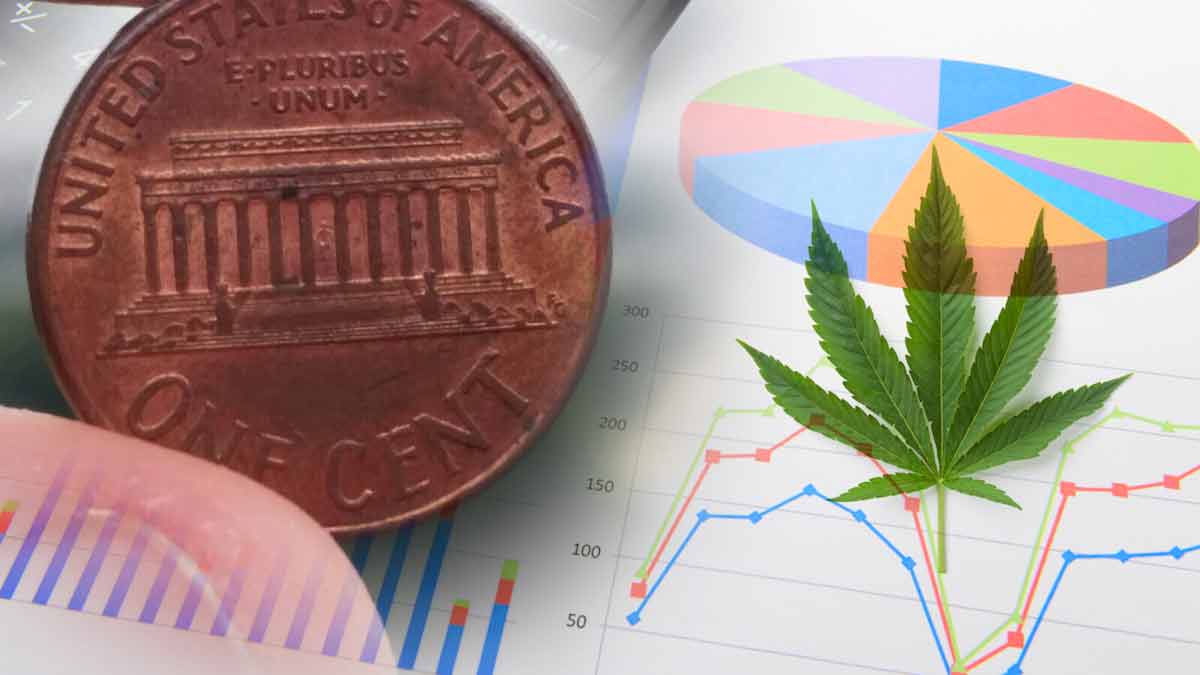Heroin use and overdose fatalities are increasing at a rapid rate in the US, in reference to a recent report by the Center for Disease Control (CDC) summarizing information from a number of public health-related datasets.
Stated from a 2013 National Survey on Drug Use and Health, 4 million Americans have tried heroin, with 656,188 documenting the use in the last year and 184,310 documenting use in the past month. Close to three-fourths of past years heroin users ranging from the age of 18 to 25 and 70% of this past months users are this age bracket.
The CDC’s review of the National Survey on Drug Use and Health data shows that heroin use among those 18-25 have shot up to 109 percent in contrast to the year 2002to 2004 and the year 2011 to 2013. Heroin use through people 26 and older has also shot up by 58%
A National Health Center (NCH) Brief analyzed by the CDC documented that the matter of heroin-related fatalities have quadrupled from 0.7 deaths per 100,000 in 2000 to 2.7 deaths per 100,000 in 2013, with most of the increase appearing after 2010.
The NHC Brief states that drug overdose is the main cause of injury-related death in America. There were 43,982 such fatalities back in 2013. Information from 28 states shows that the death rate from heroin doubles from 2010 to 2013.
Stated from the CDC, “Heroin use is part of a larger substance abuse problem,” and “people who are addicted” to alcohol are twice likely to be addicted to heroin. Those “addicted” to cannabis are 3 times more notably to develop a heroin habit. Cocaine addicts are almost 20 times more likely. But people who are addicted to opioid painkillers are almost 50 times more inclined to addict to the drug.
Yet, with giving credit to marijuana, the 2013 NSDUH documents 184,310 past month heroin users had also used cannabis in the past 30 days. In contrast to the total number of past month cannabis users, you can witness that nay 0.92% of monthly cannabis users also use heroin.
The CDC suggest that state governments which act as a crucial part in responding to prevention,
treatment and recovery problems take more steps to respond to this growing public health concerns.
The acceptance of cultivating cannabis is also revenant to this growing issue, as marijuana therapeutics offers a safe alternative to the use of prescription opioid pain relief medicine. Cannabis has displayed pain relief compounds, yet unlike opiates, it doesn’t affect the medulla the section of the brain that controls heart rate and breathing.
MAPH Enterprises, LLC | (305) 414-0128 | 1501 Venera Ave, Coral Gables, FL 33146 | new@marijuanastocks.com









